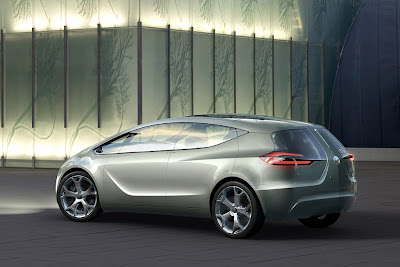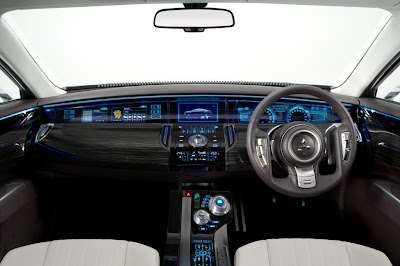Click to enlarge and view details.






 Leafcutter ants loves this shrubs, named Duranta repens 'Aurea', which common name is golden dewdrop, "pingo de ouro" in Portuguese.
Leafcutter ants loves this shrubs, named Duranta repens 'Aurea', which common name is golden dewdrop, "pingo de ouro" in Portuguese.






 Leafcutter ants loves this shrubs, named Duranta repens 'Aurea', which common name is golden dewdrop, "pingo de ouro" in Portuguese.
Leafcutter ants loves this shrubs, named Duranta repens 'Aurea', which common name is golden dewdrop, "pingo de ouro" in Portuguese.




As formigas cortadeiras são insetos sociais encontrados exclusivamente nas regiões tropicais e subtropicais das Américas. As formigas cortadeiras compreendem 2 gêneros de formigas cultivadoras de fungos, Atta e Acromyrmex, com um total de cerca de 40 espécies, alguns dos quais são sérias pragas agrícolas. As formigas cortadeiras são insetos desfolhadores e são capazes de desfolhar uma laranjeira inteira em menos de 24 horas. No Brasil, as formigas do gênero Atta são conhecidas popularmente como saúvas e as Acromyrmex como quenquéns. A população de um ninho adulto pode conter até vários milhões de formigas. As formigas cortadeiras não comem as plantas, mas cortam os vegetais e transportam os pedaços para o formigueiro onde esse material é utilizado para o cultivo de um fungo do qual se alimentam.
Trilha de feromônios: As formigas andam em filas, deixando no chão rastros químicos, os feromônios, que carregam odores com o cheiro da colônia a que pertencem, para que elas não se percam. Esses rastros são sua forma de comunicação.





As I could not to take photos of the ants, here are some photos I founded on the web.


 Photo by Wikipedia
Photo by Wikipedia


These photos were taken by my son Fernando in June 2007

Brasília's Cathedral - Basilica of Our Lady Aparecida, by Oscar Niemeyer, Brazilian Architect, born 1907.
Our Lady of Aparecida is the patron saint of Brazil, represented by a statue of the Virgin Mary.


The Catedral, National Congress and Ministries Esplanade
 Fernando in front the Ministries Esplanades at left and the Catedral at right
Fernando in front the Ministries Esplanades at left and the Catedral at right Palácio do Itamaraty
Palácio do ItamaratyItamaraty Palace

Palácio do Itamaraty. Em primeiro plano a escultura "Meteoro", do escultor Bruno Giorgi.
Itamaraty Palace is the name of the building of the head office of the Ministry of Foreign Affairs. Itamaraty is one of Niemeyer's most radiant buildings. The bridge over an enormous ornamental pool dotted with islands of tropical plants leads to one of the largest public art collections in Brazil. The Brazilian artist Bruno Giorgi (1905 - 1993) (the same artist who created the Hanging Angels in the Brasilia Cathedral) carved the sculpture "Meteoro" from a single four-ton block of Carrar marble, which has been exposed in the water garden in front of the Palace since 1967.
 Palácio do Planalto
Palácio do PlanaltoThe Palácio do Planalto is the official workplace of the President of Brazil. It is located at the Praça dos Três Poderes in Brasília.
 O Palácio da Alvorada, residência oficial do Presidente da República
O Palácio da Alvorada, residência oficial do Presidente da República The Palace of the Dawn is the official residence of the Presidente of Brazil. The palace was designed, along the rest of the city of Brasília, by Oscar Niemeyer and inaugurated in 1958
National Congress
Brazil's bicameral National Congress, consists of Senate of Brazil (the upper house) and and the Chamber of Deputies of Brazil (the lower house)
 National Congress
National Congress Museu Nacional, Complexo Cultural da República
Cultural Complex of the Republic
 View from the interior of the Cultural Complex of the Republic
View from the interior of the Cultural Complex of the Republic 
Procuradoria Geral da República
Federal Prosecutors' Office is another project by Oscar Niemeyer






